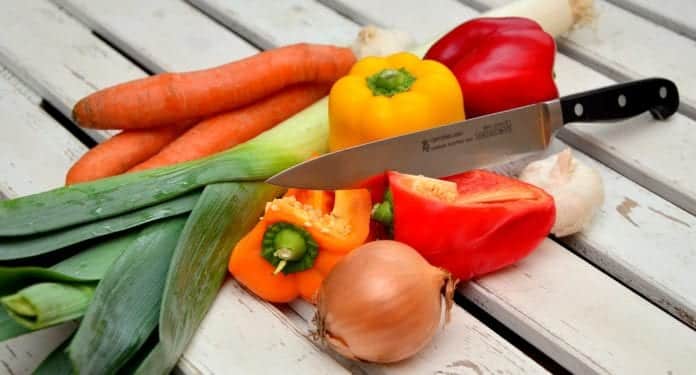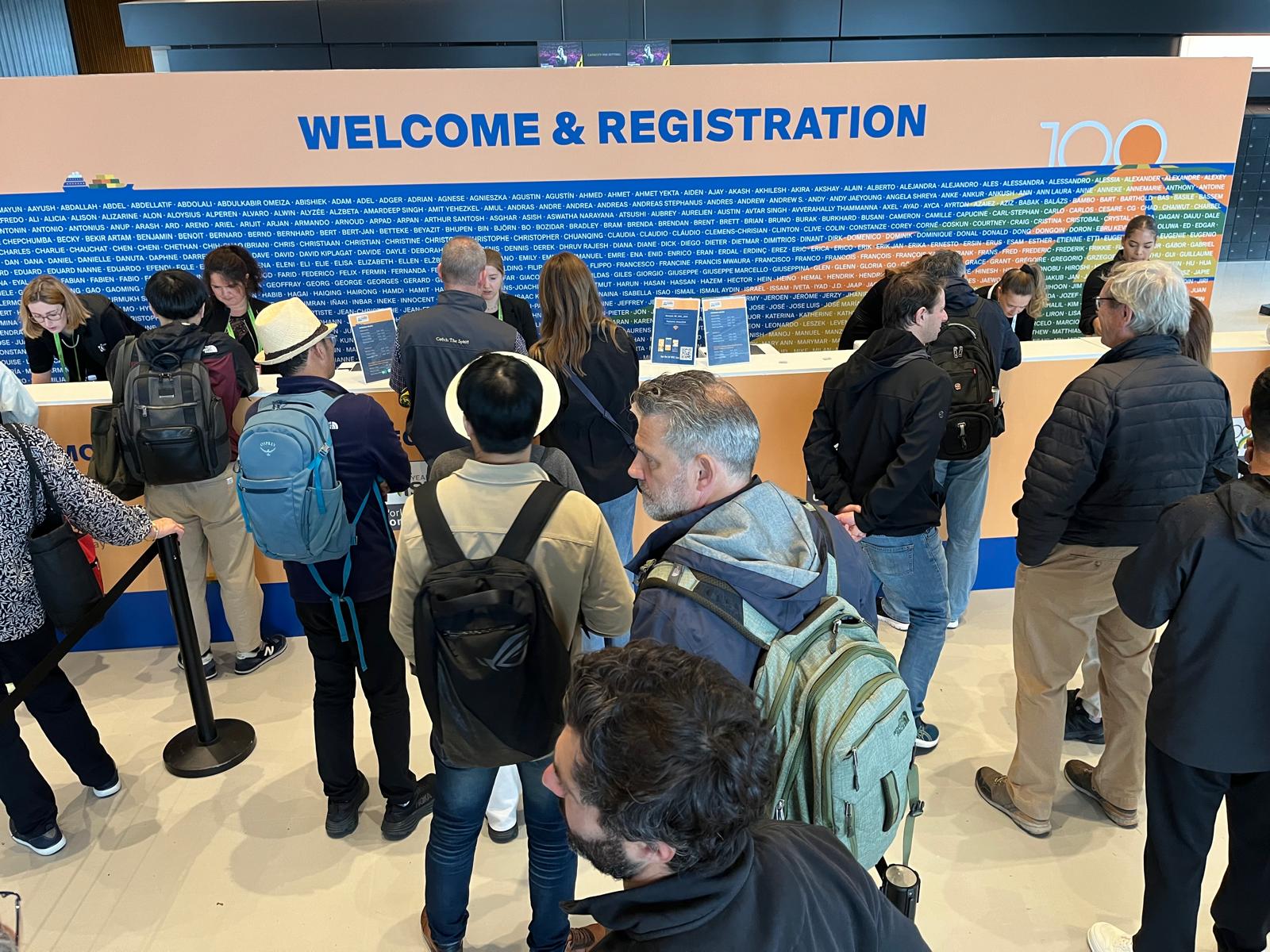ISF joins in UN’s Year of Fruits and Vegetables.
If you thought the United Nations (UN) was done highlighting the hard work of agriculture, you’d be wrong. Following the International Year of Plant Health, the UN General Assembly has declared 2021 the Year of Fruits and Vegetables (IYFV), and the seed industry has jumped into the celebration.
Awareness is at the heart of the IYFV goals; it’s about sharing how these crops contribute to improved nutrition, dietary diversity, and health. The International Seed Federation (ISF) is working with the Food and Agriculture Organization (FAO) to celebrate through communication and connection.
“The International Year of Fruits and Vegetables is of major importance as fruits and vegetables are dietary necessities and essential to ensuring not just food security, but also nutrition security and combatting malnutrition,” says Michael Keller, secretary general of ISF.
In particular, ISF is excited about the opportunity to connect food and nutrition in a more concrete way.

“The year represents an important opportunity to build shared understanding and solutions in pursuit of a global food system that contributes to the achievement of all 17 Sustainable Development Goals (SDGs) and the so critical role of fruits and vegetables,” Keller explains.
Vicente Navarro, senior vice president of BASF’s vegetable seed business and the chair of the ISF Vegetables & Ornamentals Section, believes the IYFV goals are well aligned with the seed industry goals, from raising awareness of the importance of a diverse, healthy diet, to reducing food waste in the supply chain.
“We have a very important role to play in achieving the Sustainable Development goals,” Navarro says. “Our contribution can be used to solve many problems and contribute to a much healthier society as a whole.”
While this is a global goal, seed companies are focusing some efforts where diets are more grain-based.
“Here in the Philippines, for example, the per capita consumption of fruits and vegetables is one of the lowest, much lower than the World Health Organization recommends,” adds Mary Ann Sayoc, public affairs lead of East-West Seed, and member of ISF’s Vegetables & Ornamentals Section.
CEO of East-West Seed Douwe Zijp explains their efforts are not only healthy for consumers, but also good for famers.
“We can spend a lot of time providing the right seed, and offering training to farmers, but they still need to have the market,” he says. “The whole value chain is supported by this initiative.”
Starting Small
ISF has 7,500 members, many of which are vegetable-focused seed companies engaged in breeding, producing and marketing vegetable seeds.
Arthur Santosh Attavar, chairman and managing director, Indo-American Hybrid Seeds (India) Pvt. Ltd., says access to good seed is where the IYFV goals begin.
“As a seed producing company, especially in working with smaller-scale farmers, it’s very important we provide access to good seed,” he says. “When we have quality seed, our farmers can provide the quality products the market needs, both in India and the rest of the world.”
Attavar says their company was the first to start hybrid flower and vegetable seed production in India in 1965. They also introduced commercial hybrid flowers and vegetables in India in 1973. This effort played a significant role in India emerging as one of the world’s largest producers of fruits and vegetables. Empowering stakeholders through knowledge-building and skill development is an important step in that success.
“We’ve trained more than 10,000 farmers through the years in hybrid seed production,” he says. “Even farmers with only a quarter of an acre are still able to produce a quality product that passes all of our quality testing.”
Educating and empowering these smallholder farmers to produce better crops is an important industry focus as companies and organizations work together to increase food security and nutrition worldwide.
Education is top of mind for East-West Seed. Their education programs trained 48,000 farmers last year, which was down slightly due to travel restrictions, but Zijp hopes to see those numbers increase as logistics improve in the future.
“In the meantime, we are doing a lot of virtual training and also expanding our knowledge transfer program to other less restricted areas,” Sayoc says.
New Focus on Nutrition
During the pandemic, health moved higher on the agenda for many, from a focus on fresh air and sunshine to increased vitamin consumption.
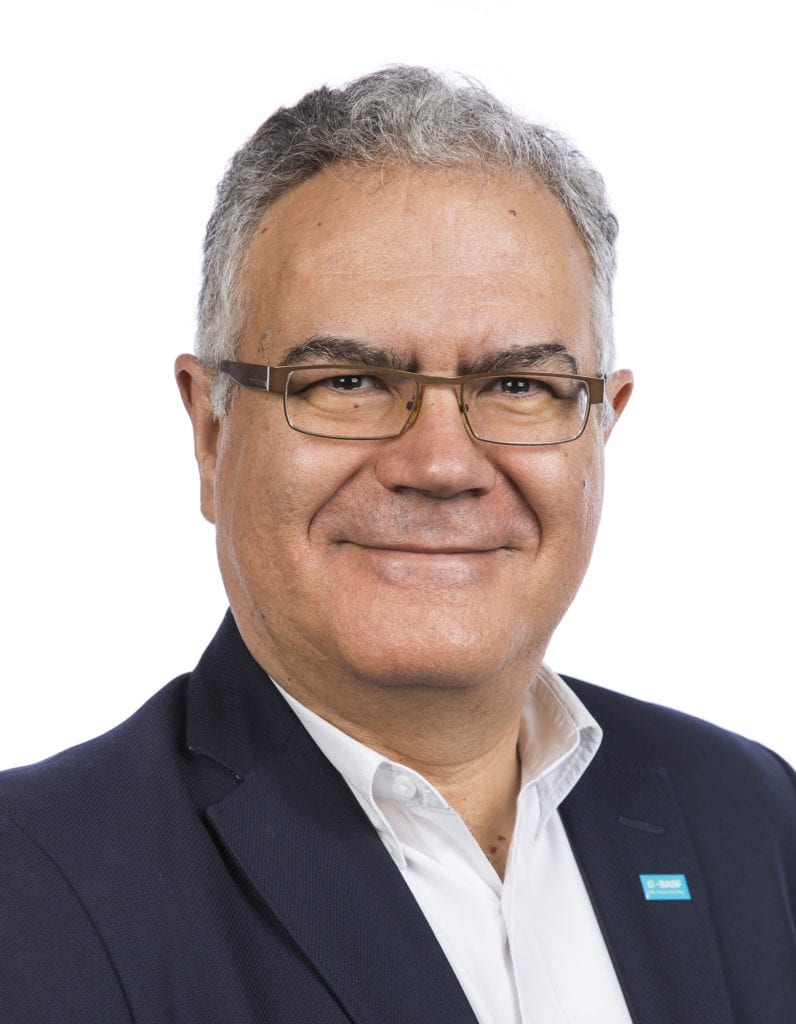
“We consider this year a unique opportunity to raise awareness, and it’s coming at the right moment,” Navarro says. “We’re seeing a tremendous demand for healthy food, which is very good news for society, but also for us in the food system.”
Attavar reports India’s agriculture industry showed a growth of 3.4% during the pandemic, when other industries were negative.
Interest in home gardening also increased.
“In general, the seed industry has done very well,” Attavar says. “We learned to cope with the situation and now we’re excited to continue to support a worldwide trend toward healthier eating.”
Of course, food has always been an important consideration in discussions of global health, whether looking at obesity rates or hunger and malnutrition, even before the pandemic.
“Hidden hunger and malnutrition are real problems in many areas. Ultimately vegetables and fruits have to make the difference,” Attavar says.
Trends on the Horizon
In addition to a higher priority on health, ISF and their members are also responding to other post-2020 trends.
“We have clearly seen an increase in local farming,” Zijp points out, whether that’s vertical, indoor, urban farms or just in the backyard. All of those new growers need seed.
“In countries where there were very strict lockdowns, farmers couldn’t always reach consumers, so people resorted to home gardening and growing their own food,” Sayoc adds.
COVID-19 challenges also encouraged the switch from monocropping to multicropping, something Attavar believes will continue as consumers prefer to diversify their diet.
“It’s something we’ve been working on, although it may not happen instantly,” he says. “But it not only benefits the sustainability of the farmer, but also impacts food consumption, which will be getting more diverse. Farmers believe that apart from growing and eating just wheat, corn or rice, vegetables and fruits will add more diversity to their cropping system.”
Seed companies have closely managed supplies to respond to these shifting trends, including demand for specific products.
For example, East-West Seed reported demand for leafy vegetables was particularly high in 2020 as they have a shorter production cycle, with only 25-30 days to harvest.
“Tropical vegetable demand was also good as people wanted to plant different types of food for a variety of dishes,” Sayoc says.
Connecting to Consumers
Another IYFV goal is to improve understanding of how fruit and vegetable food systems contribute to society in both developing and developed countries. Creating evidence-based communicational messages, allows ISF and their members to shine a spotlight on seeds as the start to the world’s agriculture system.
“There is a lack of awareness in society today about where food comes from, and what’s in that food, and what it took to get that food to the plate,” Navarro says.
Luckily, fruits and vegetables bridge that gap.
“Fruits and vegetables are far more recognizable in the market for consumers because a tomato or a cucumber is a very specific product,” Zijp says. “Often field crops are being used for other, more-processed products such as oil, whereas a vegetable is taken from a plant and brought to the market.”
Zijp believes that while the Western world is more disconnected to their food sources, developing countries are much more familiar with seeds as the starting point for the food they eat.
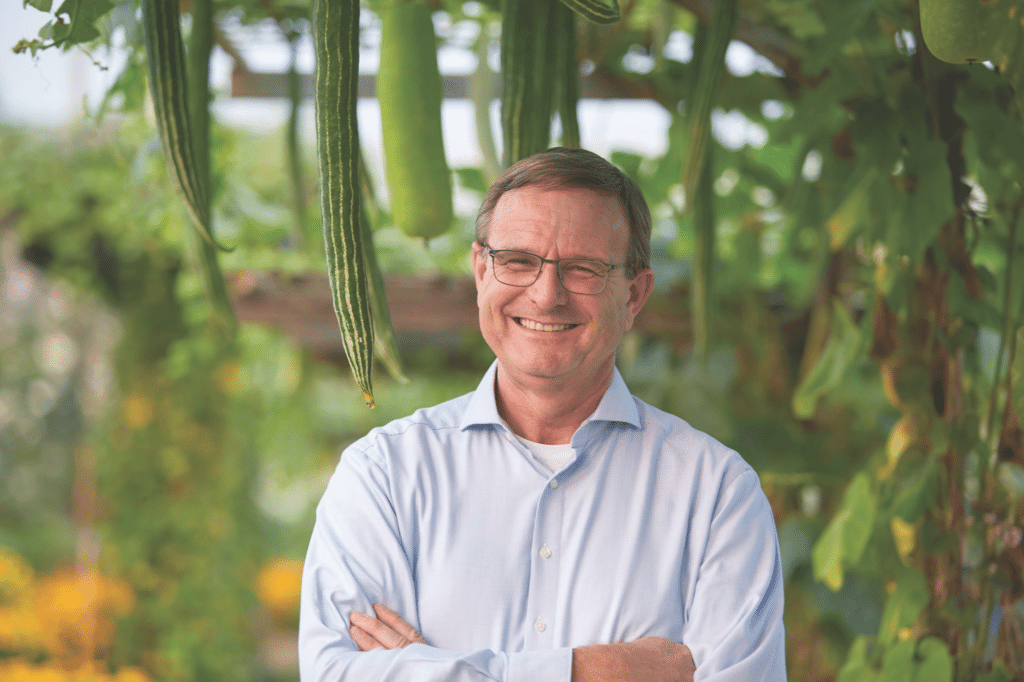
“That awareness is something we still have to work on to make sure that consumers understand that taste, for instance, is quite reliant on the quality of the seed,” Zijp says. “And not only taste it’s also all the other specifics of the seeds.”
Navarro says one additional challenge is that the general public recognizes certain industry buzzwords, often without the necessary context.
“There is a lot of concern among some consumer groups about GMO seeds, something that wasn’t an issue in the past,” he says.
Navarro is also concerned with the sustainability of our global food system. Before the pandemic, he had seen a big trend toward less plastic packaging, but concerns over virus transmission saw a sharp shift backwards.
Sustainable growth is the key, whether thinking about packaging or production.
“Agriculture is one of our world’s main uses of water, and we have a very important role to play in achieving the UN’s SDGs,” Navarro argues.
He believes that while governments set goals and regulations to enforce these changes, consumers are going to be the driving force behind many shifts coming in the future in regard to sustainability.
“I have three children and they are all vegetarian because they believe they can contribute to a better world by eating that way,” Navarro says. “We have a clear role to support that trend.”
Future Focus
Though seed breeding projects have a five to 10-year outlook in many cases, if 2020 trends continue, those shifts will likely impact fruit and vegetable breeding decisions moving forward.
Navarro expects to see increased demand for nutrition.
“Right now, the main things we are breeding for are yield or taste or convenience, but we can also breed for health compounds,” he says.
Of course, it is difficult to measure exact nutrient levels as growing conditions make a difference from plant to plant and fruit to fruit, but Navarro believes progress can still be made, in a sustainable way.
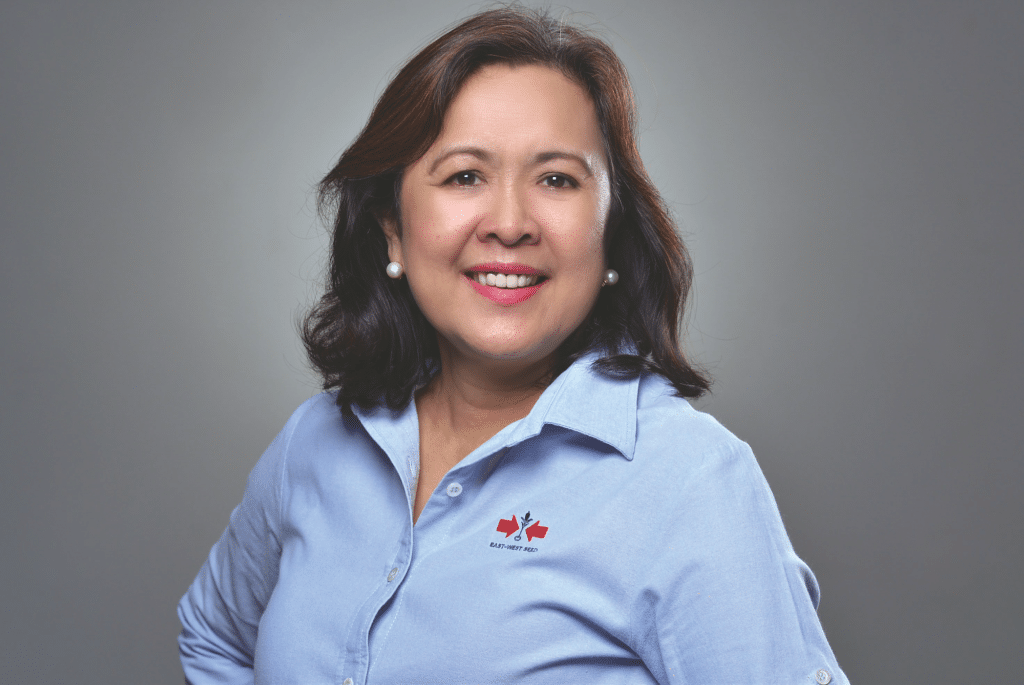
The IYFV may help jumpstart that goal into motion, building on the successes and challenges of the pandemic.
“This virus has changed everything in our lives and also in the industry. It has accelerated some long-term trends that were underlying. Things that might have taken years in the past, were happening in weeks or months,” Navarro says.
Sustainable Success
Keller reports ISF is not just focused on 2021. He sees this as one step in a greater goal.
“Our engagement is not limited to the year of celebration. Our long-term engagement is to contribute to food security and sustainable agriculture. But to achieve this we all need to partner, and this year will certainly help to enhance collaboration with FAO. We see an opportunity as well to bridge the celebration with the upcoming UN Food Systems Summit.”
Attavar, who is the chairman of ISF’s task force for the UN Food Systems Summit (UNFSS), is looking forward to the Summit in September.
“We are looking at the Action Tracks and we are hopeful this year of fruits and vegetables will have a lasting impact on the overall awareness and effectiveness of healthy crops, not just for this year, but in the future as well,” Attavar says.


